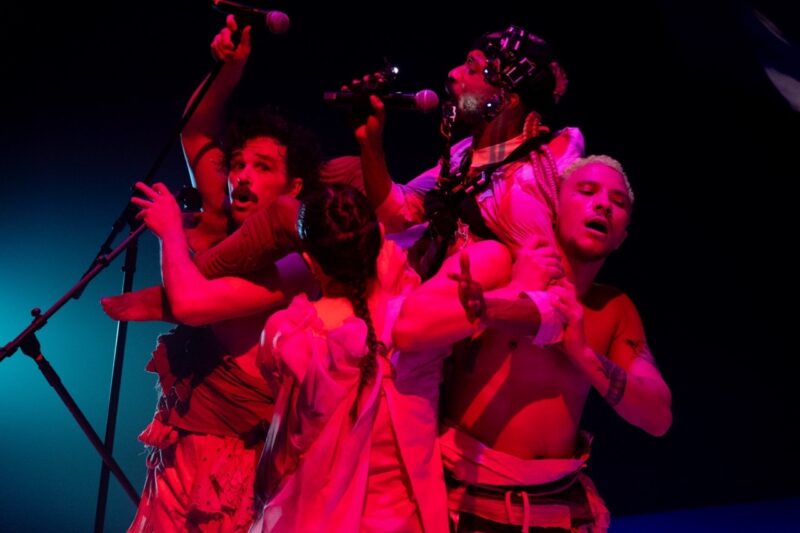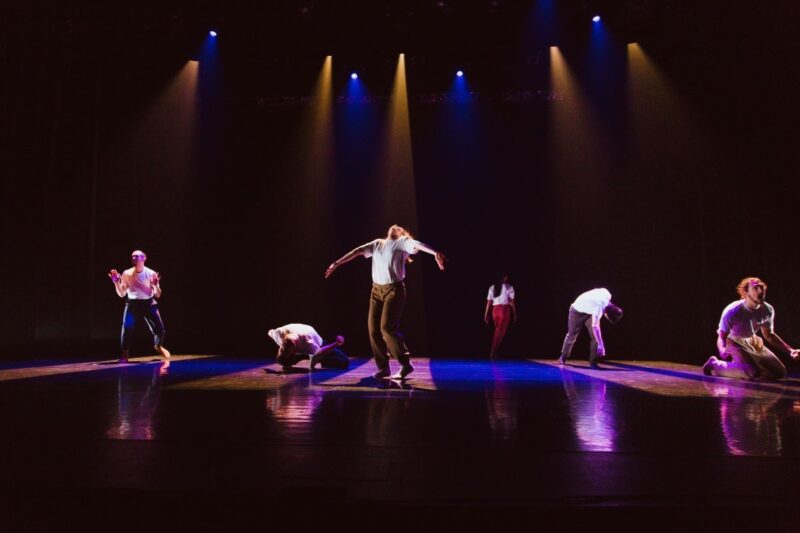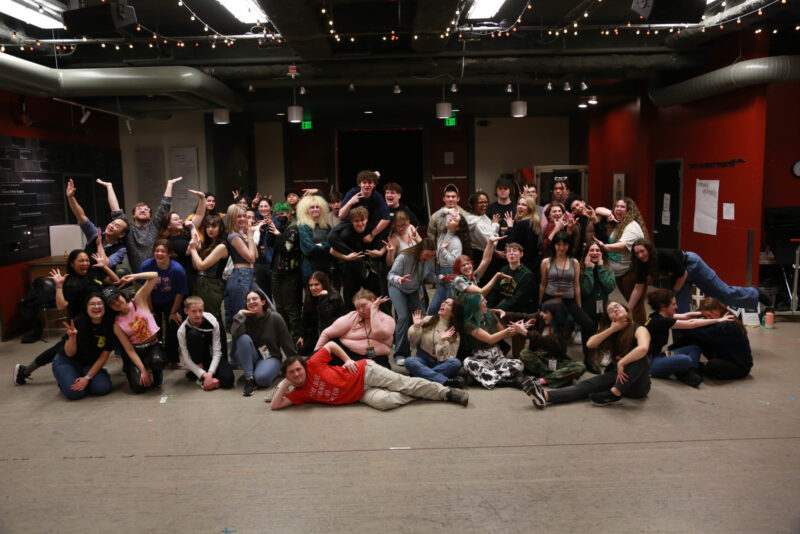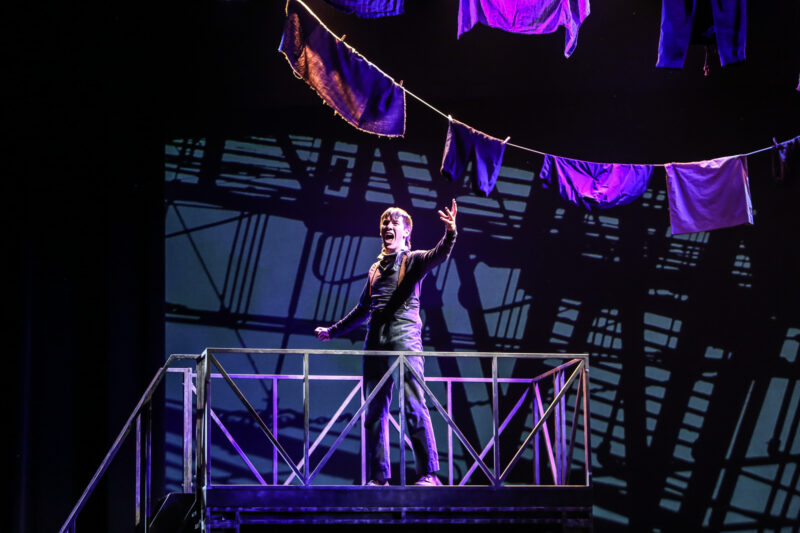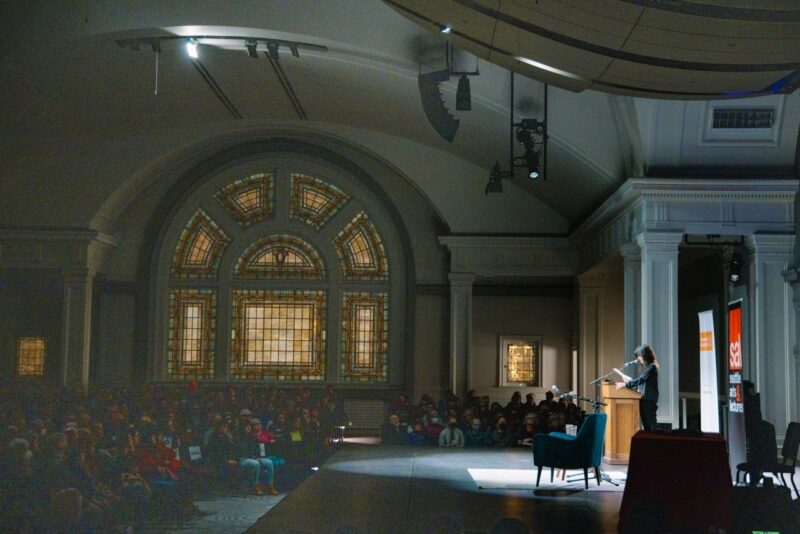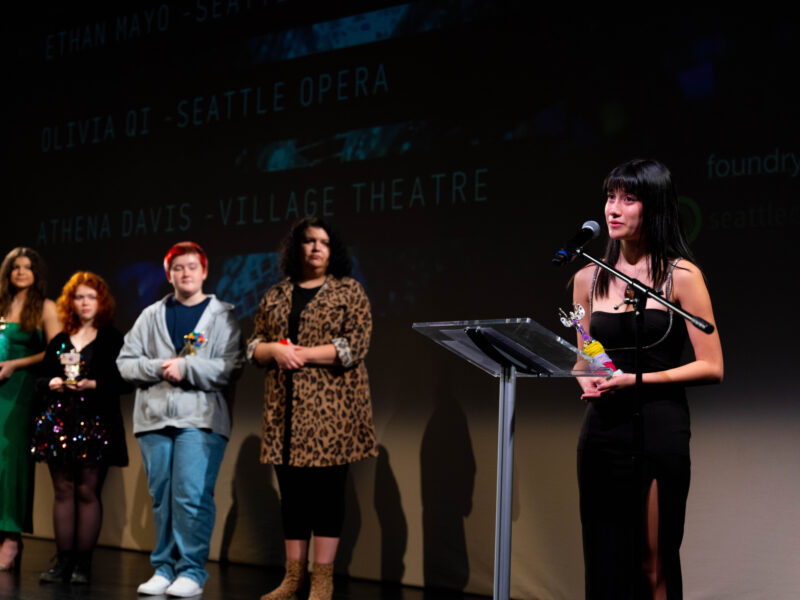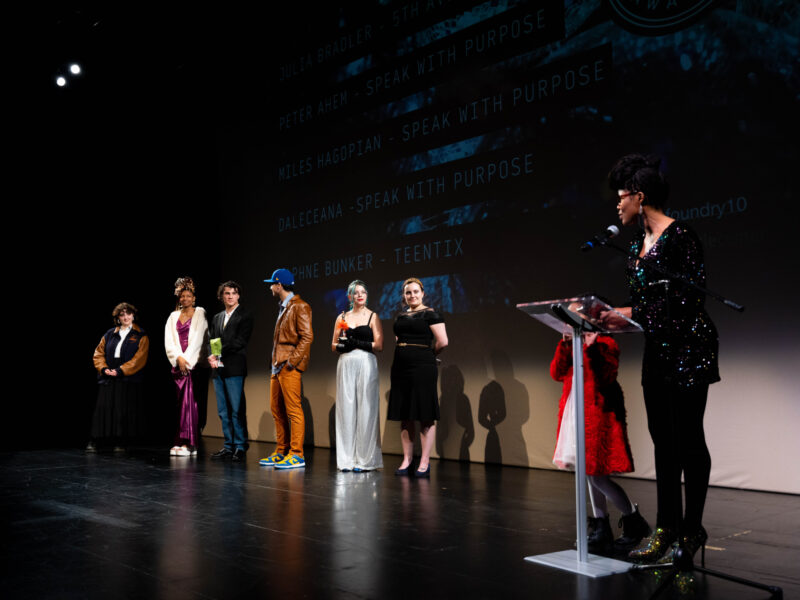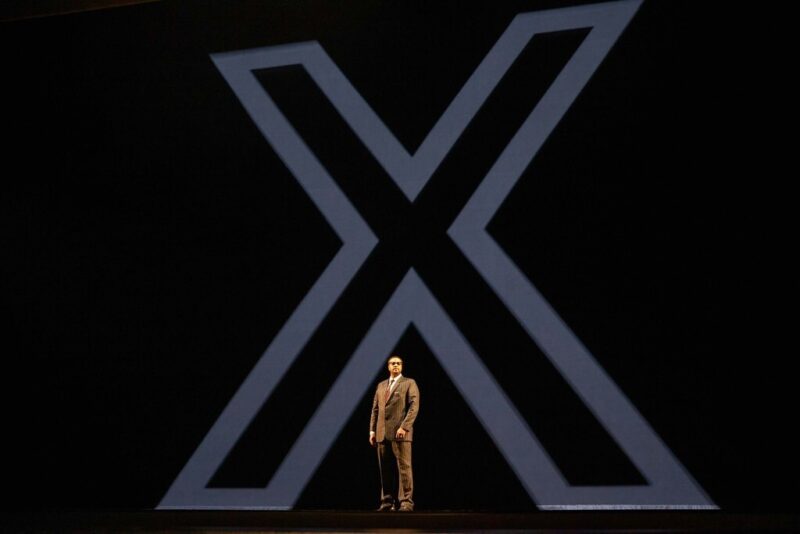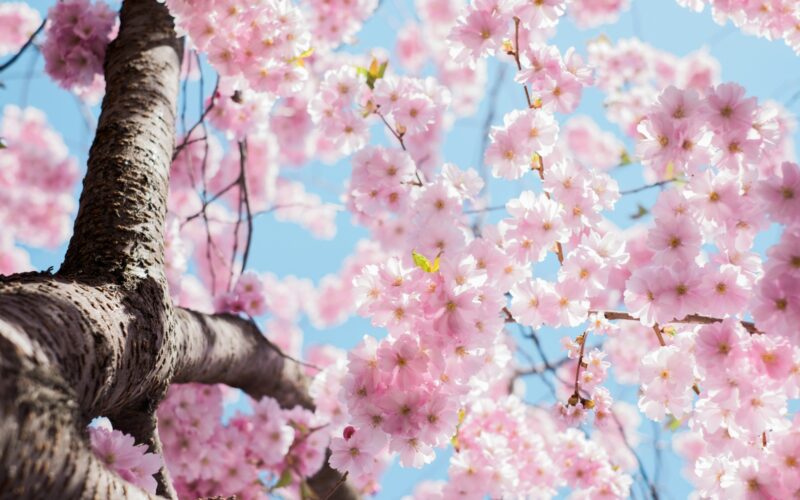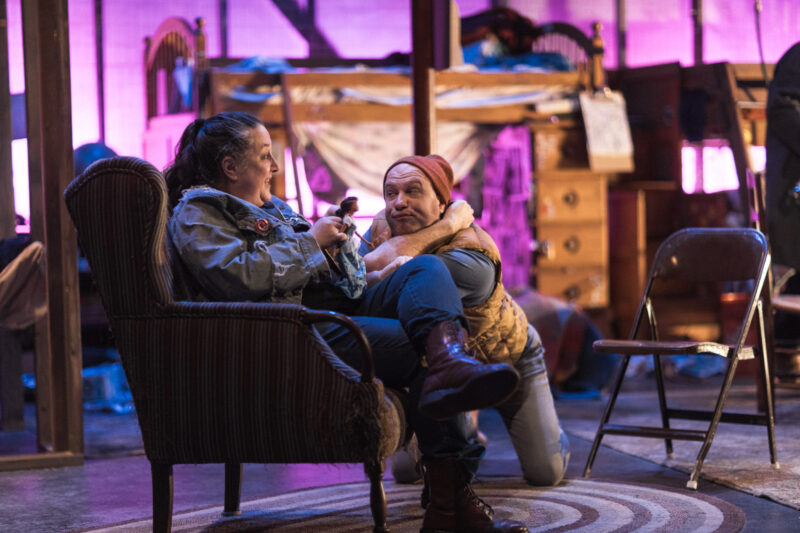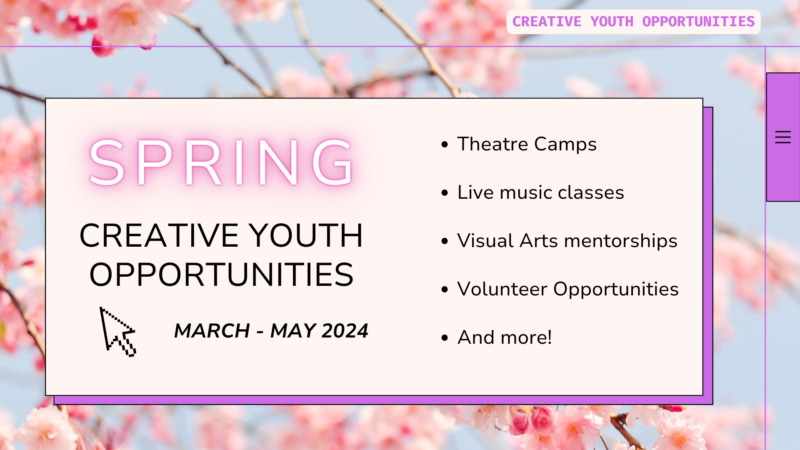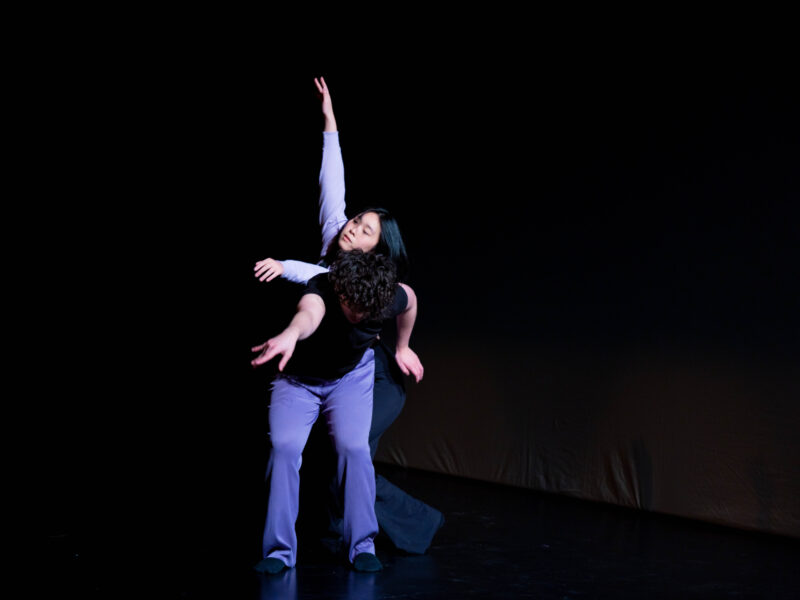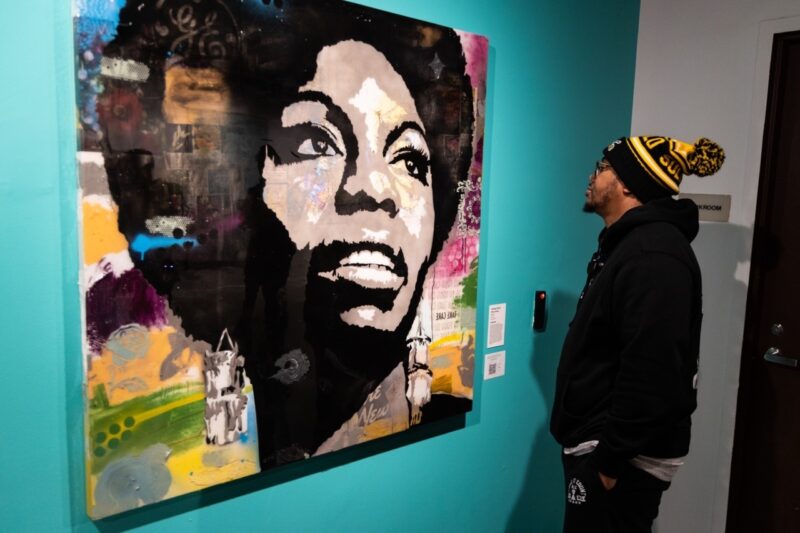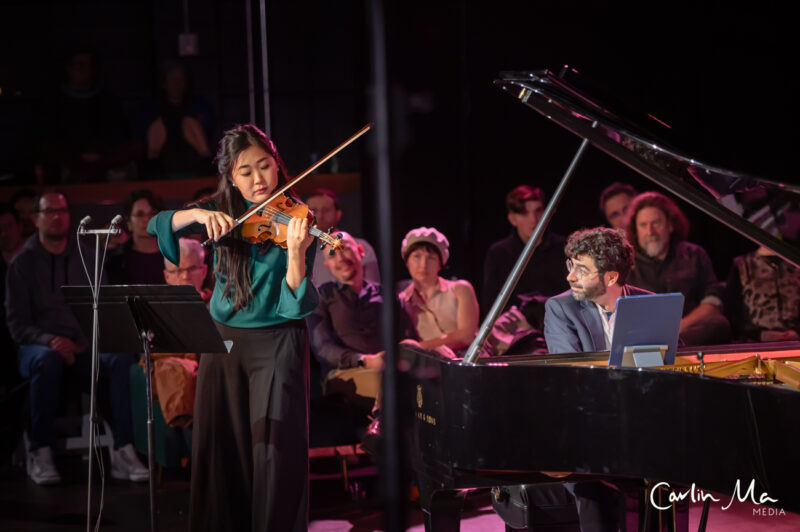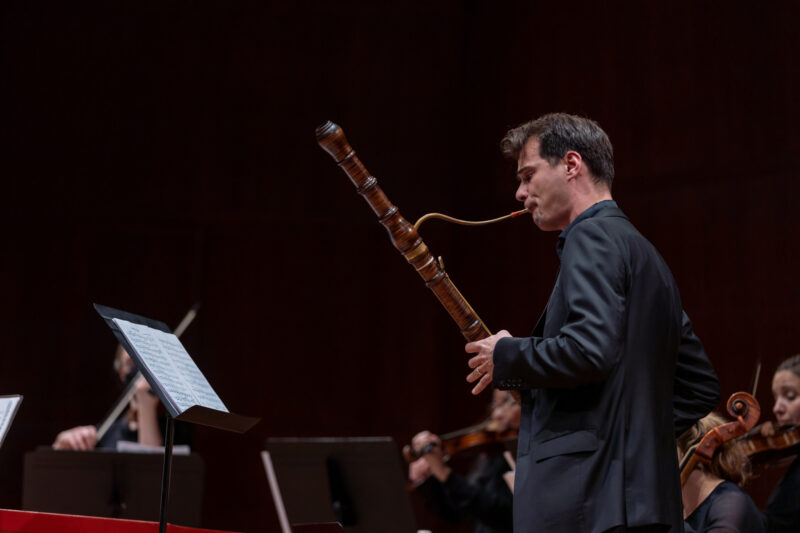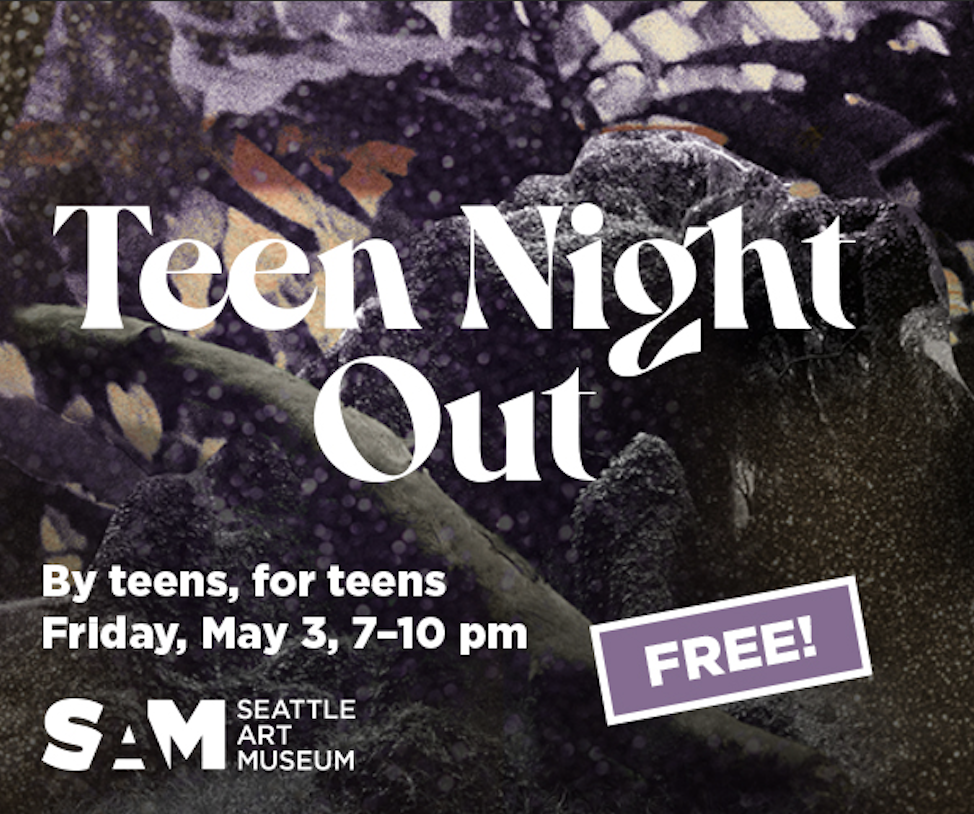Storms, Sensationalism, and Self-Reflection
Review of SUPERCELL by slowdanger at Velocity Dance Center
Written by TeenTix Newsroom Writer Angelina Yu and edited by Teen Editorial Staff Member Daphne Bunker
In the 21st century, the possibility of supernatural disasters constantly looms above us. Each year, we are subject to more and more unprecedentedly catastrophic events, an aspect of environmental collapse that threatens the livelihoods of thousands. It’s almost surreal, except for the fact that it isn’t: this is the new world we live in. These devastating occurrences, along with how people and the media react to them, are part of what’s examined by slowdanger’s SUPERCELL. An hourlong quintet performance that questions human attraction and passivity towards environmental events. I was lucky enough to partake in the self-reflection involved in watching the show, presented by Velocity Dance at 12th Avenue Arts from March 21 to 24, and the experience left me contemplative, to say the least.
My journey began in a crowded foyer filled with chattering Seattleites. As the sun set, we made our way into the theater, and the change was drastic. In an instant, we were transported from the brightly lit, corporeal world to a hazy realm of darkness. Two sheets of sheer cloth hung down from the ceiling and the yellow-tinged shine of a pale red cast mesmerizing shadows through them. On the stage, five performers lay together in the shape of a star, each bearing a large, see-through sack full of what seemed to be water, connected to those beside them by a complex entanglement of rope.

